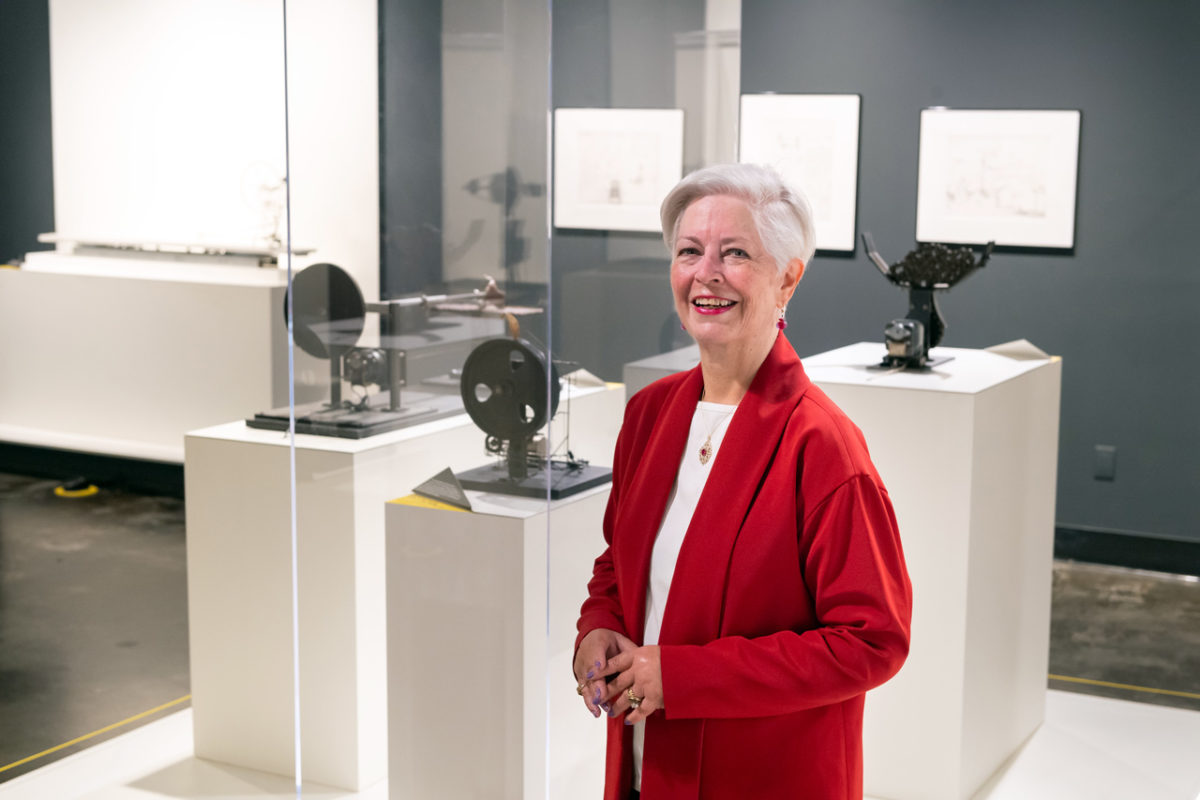Anne Street has been pushing boundaries and making an impact throughout her life. Indeed, she has much to be proud of: a stellar career in supporting both government and private industry in materials engineering and business development, her tireless volunteer work for many institutions, and certainly her 50th reunion, which she celebrated this past June. She recalls that her class—the Class of 1969—was the first class to enter MIT with 50 women students, and is pleased to see that MIT’s admission rates for women now reach close to 50 percent. Anne reflects on her time at MIT as being formative in preparing her for a demanding career and in nurturing the desire to make a visible impact.
Like Anne, MIT is an institution that thrives on impact. Through her extensive career in supporting both the federal government and the private sector, along with her many volunteer roles at MIT, she has experienced firsthand the significant and dynamic part MIT plays in helping to solve the world’s greatest challenges. Anne agrees that MIT has a critical role to play in the current issues our world faces and that there is no better institution to tackle these difficult questions. However, she also understands that we can’t let the research stay in the labs. “We must bring it to the attention of the public and share its importance with them,” she says. For this reason, Anne has chosen to direct her philanthropic support to the MIT Museum.
The MIT Museum is moving its location to Kendall Square in 2021, where it will serve as the “gateway” to MIT, welcoming a wide array of visitors to campus, from prospective students to youth and families to international visitors. In its new home, the MIT Museum will be a reinvented space to showcase both the past accomplishments that have influenced modern advancements and the current research that keeps its finger on the pulse of new discoveries every day. The MIT Museum will be a place of dialogue and display, offering dynamic exhibitions on topics of relevance—from energy to artificial intelligence to the environment—alongside programs for its varied audiences.
Anne was thrilled to learn of the MIT Museum’s move given both her personal interest in museums and her love for MIT. She reflected on her childhood and the importance her parents placed on exposure to the arts and culture. “[They] always managed to scrape some money together to purchase tickets to the symphony, ballet, and theater, as well as frequent trips to museums in the area,” she recalled. “They believed strongly in a well-rounded education and made it their mission to provide me with special experiences.”
During her time serving as president of the MIT Alumni Association, Anne had the opportunity to explore many aspects of MIT and came to know the MIT Museum well. She found that the Museum offers a window into the Institute—“a world of the mind populated by doers who believe that whatever we might imagine can be done.” This feeling of endless possibility and great potential resonates throughout the MIT campus. Anne finds it exciting that the MIT Museum “teaches about the motivations, successes, and failures of others and how they made society what it is today.” The MIT Museum intends to share these Institute stories, along with many compelling experiences about innovation, to demonstrate MIT’s great impact.
Anne has directed her support to the MIT Museum, as she feels the Museum’s presence in Kendall Square will serve as a place of welcome for “young folks who would never have imagined attending such a place and who will be fired up to get here. They are the ones who will change the world, and I wanted to be a part of a project that best celebrates that.”
The MIT Museum represents and displays the best ideas of innovation, she continues, so “what better entity to signify MIT, but its own Museum, focusing on current research built on a history of achievement. To me, this move is a dream come true!”

